The liver
Understanding the importance of the liver and its various pathologies
The liver, an organ
of great importance
The liver is a vital organ in your body, responsible for many essential functions, such as detoxifying harmful substances, producing essential proteins, and storing vitamins and nutrients. It also plays an important role in digestion by producing bile, which helps break down fats.
Without a healthy liver, your body cannot perform these functions properly, and your overall health can be negatively affected. Because the liver has a remarkable ability to regenerate, it can often recover from minor damage.
However, when it is subjected to continuous damage, as in the case of chronic liver diseases, its functions can be impaired, leading to serious health consequences.
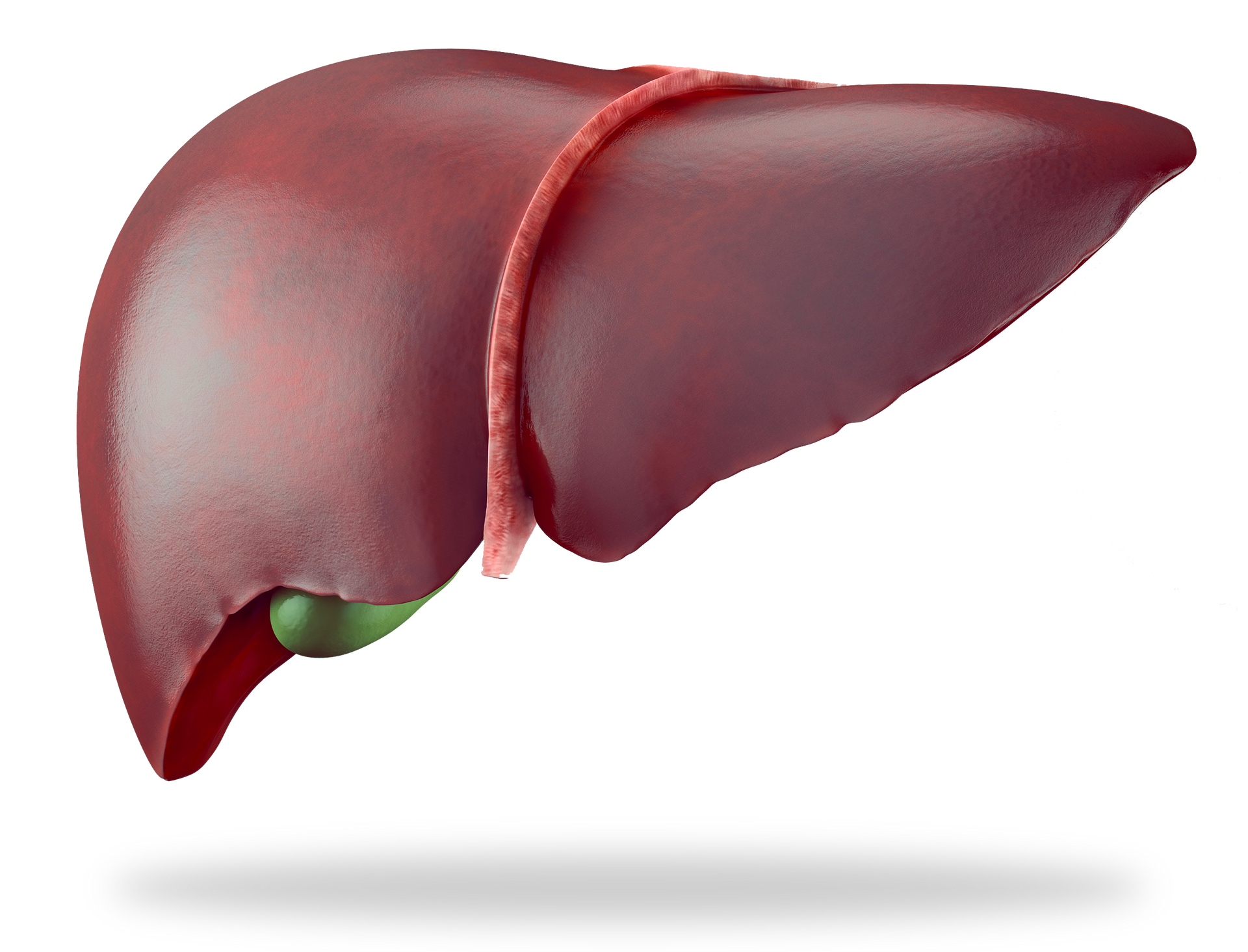
the different liver pathologies
Cirrhosis
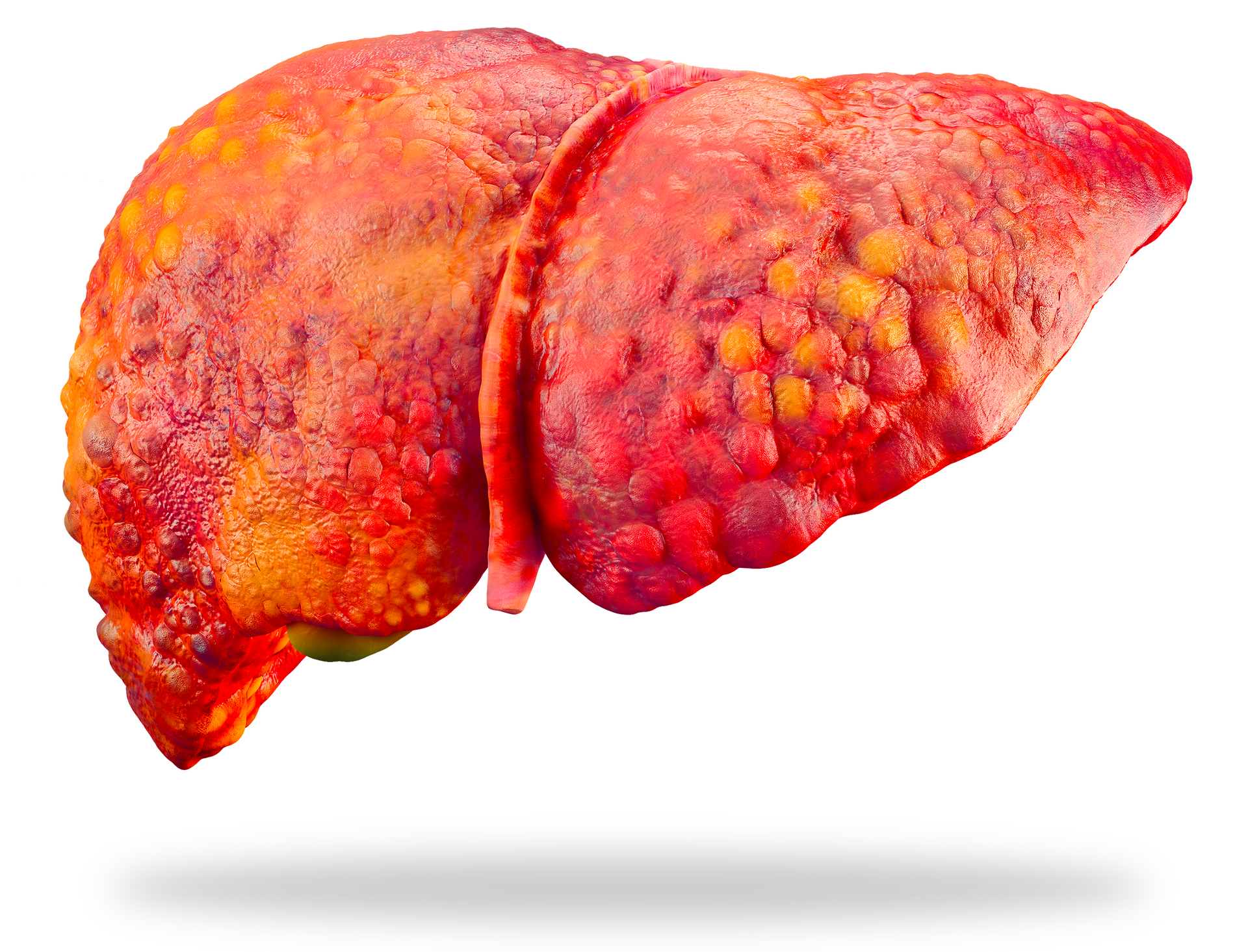 More info
More infoCirrhosis is a condition in which healthy liver tissue is replaced by scar tissue over time.
This scarring process impairs the liver's ability to function properly and can ultimately lead to liver failure. Cirrhosis is often the result of long-term damage caused by various factors, such as excessive alcohol consumption, viral hepatitis, or fatty liver disease.
Symptoms of cirrhosis can be mild or severe, depending on the extent of liver damage, and may include fatigue, jaundice (yellowing of the skin and eyes), and swelling of the legs and abdomen.
Liver cancer
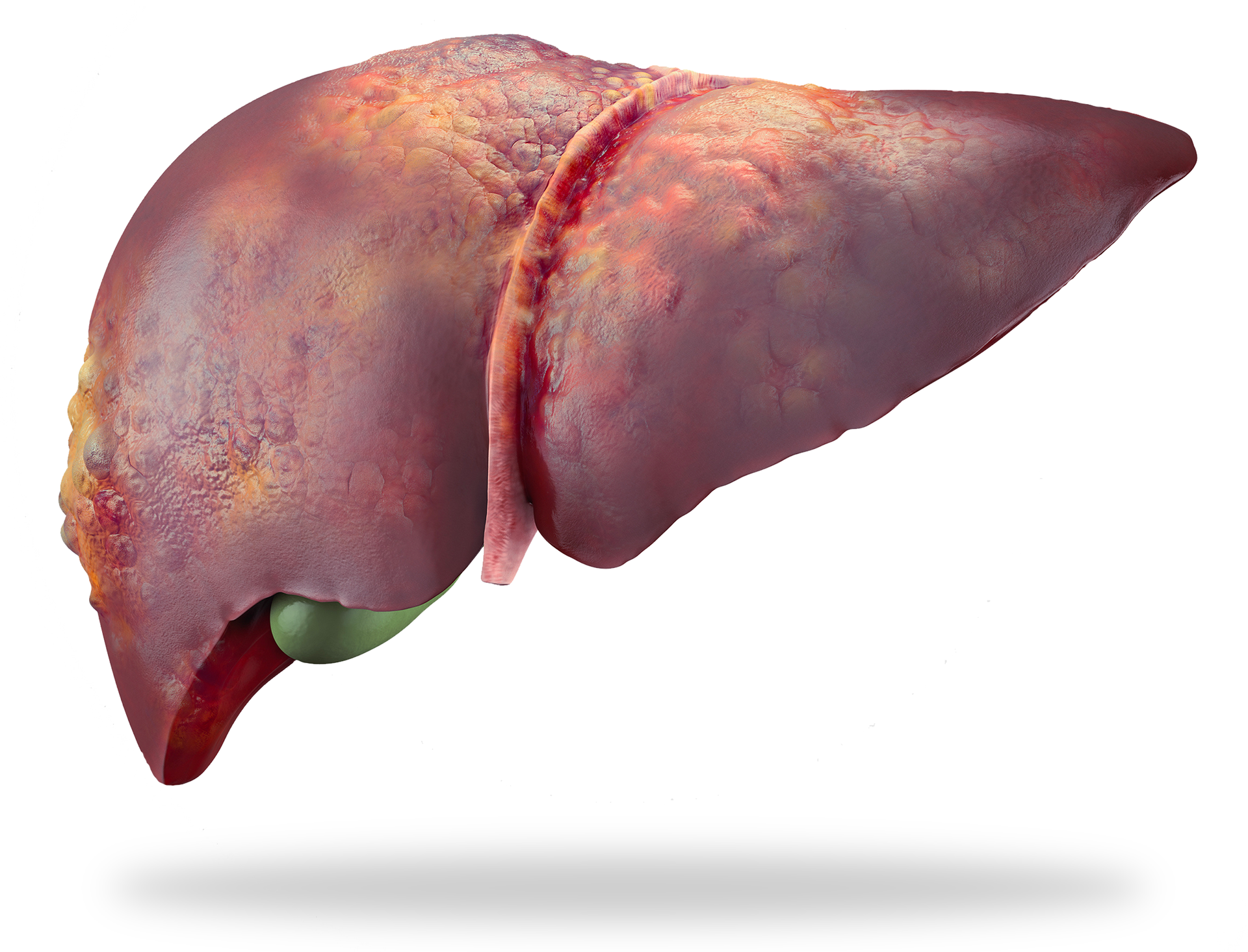 More info
More infoLiver tumors can be benign (noncancerous) or malignant (cancerous). The two main types of liver cancer are hepatocellular carcinoma (HCC) and cholangiocarcinoma.
HCC is the most common form of liver cancer, originating in liver cells (hepatocytes). Cholangiocarcinoma, on the other hand, begins in the bile ducts inside the liver.
Risk factors for developing liver cancer include cirrhosis, chronic hepatitis B or C infection, and excessive alcohol consumption. Symptoms may include weight loss, abdominal pain, jaundice, and loss of appetite.
Early detection and treatment are essential to improve outcomes and survival rates for liver cancer patients.
Fatty liver (liver steatosis)
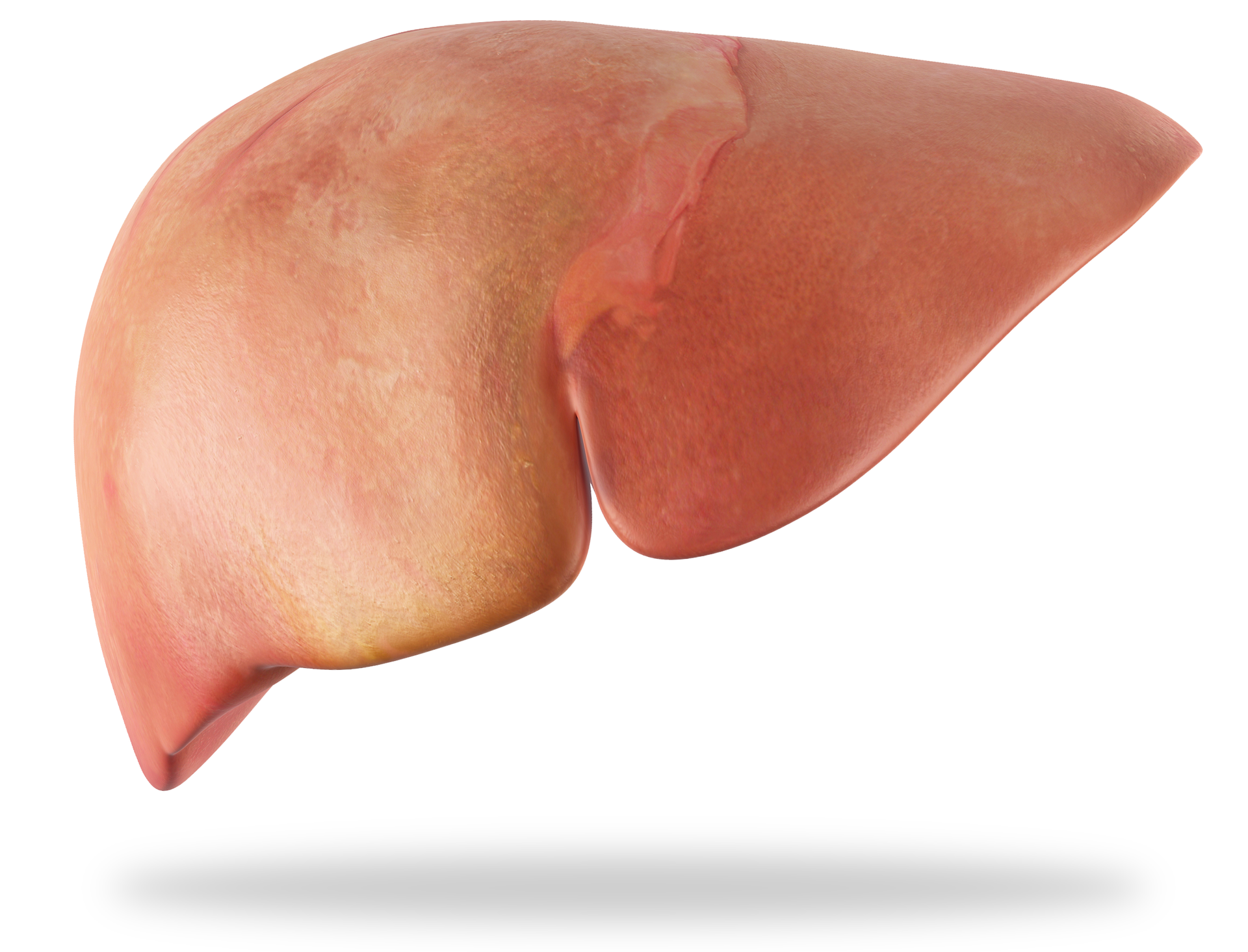 More info
More infoSteatosis, also known as fatty liver, is a condition in which excess fat accumulates in liver cells. There are two main types of fatty liver disease: non-alcoholic fatty liver disease (NAFLD) and alcoholic fatty liver disease. NAFLD is more common and often linked to obesity, type 2 diabetes, and high cholesterol levels.
In contrast, alcoholic fatty liver disease is associated with excessive alcohol consumption. Mild steatosis often does not cause noticeable symptoms and can be reversed through lifestyle changes, such as weight loss, eating a balanced diet, and reducing alcohol consumption.
However, if left untreated, fatty liver disease can progress to more serious liver conditions, including cirrhosis and liver failure.
Acute liver failure
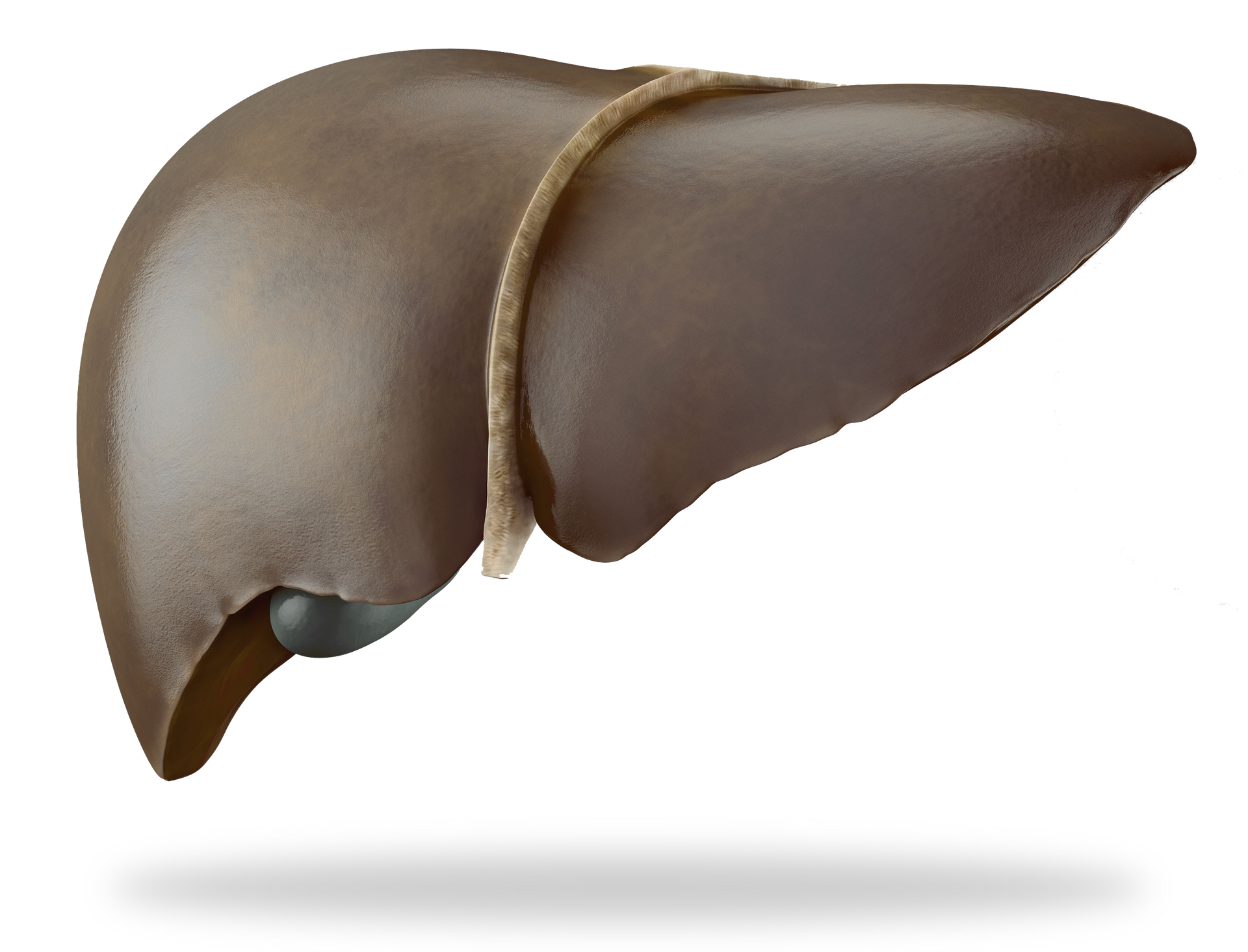
Acute liver failure is a rare but potentially fatal condition in which the liver suddenly loses its ability to function, often as a result of injury or poisoning.
Common causes include medication overdoses (e.g., paracetamol), viral hepatitis, and toxic exposure. Symptoms may include jaundice, confusion, fatigue, nausea, and bleeding.
Acute liver failure requires immediate medical attention because it can quickly progress to serious complications, such as kidney failure, brain swelling, and sepsis (a widespread infection).
In some cases, a liver transplant may be the only option to save the patient's life.
The Liver Institute
Specialized care program dedicated to the treatment of liver diseases. The medical team is multidisciplinary, composed of hepatologists, intensive care specialists, hepatobiliary surgeons, anesthesiologists, and radiologists.
The different treatments
liver diseases
The Liver Institute, which brings together expert professionals specializing in liver diseases, can offer you personalized and quality care, from diagnosis to possible intervention and follow-up.
- Liver transplantation (any pathology)
- Chemoembolization (hepatocellular carcinoma or endocrine tumors)
- Radioembolization (hepatocellular carcinoma or cholangiocarcinoma)
- External radiotherapy (hepatocellular carcinoma or cholangiocarcinoma)
- Surgery (hepatocellular carcinoma or cholangiocarcinoma)
Patient pathways
All the key steps from diagnosis to treatment, and up to post-intervention follow-up
Patient pathways vary according to the pathologies and the solutions considered.


